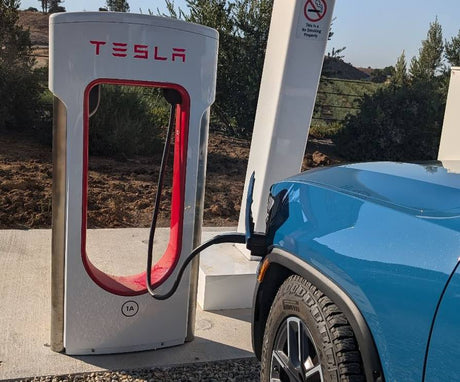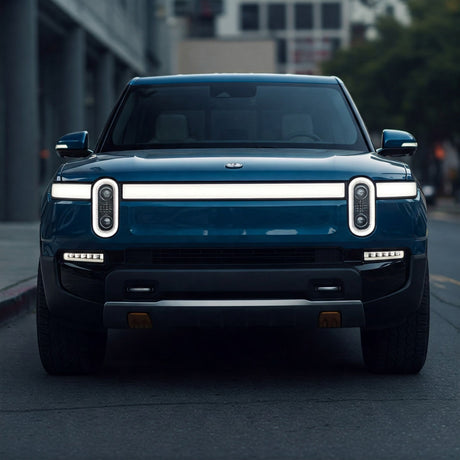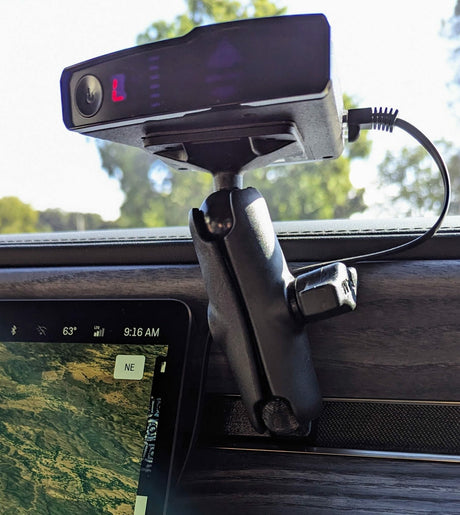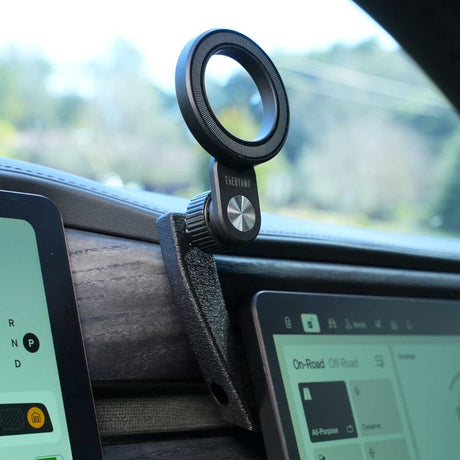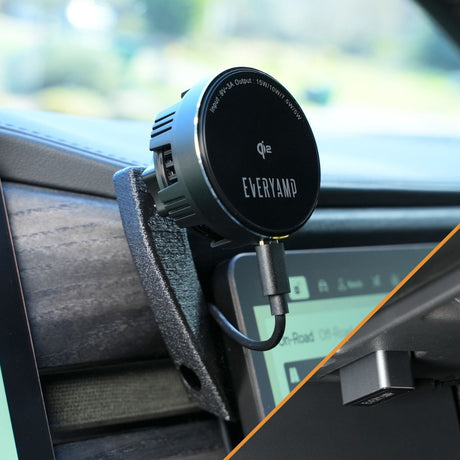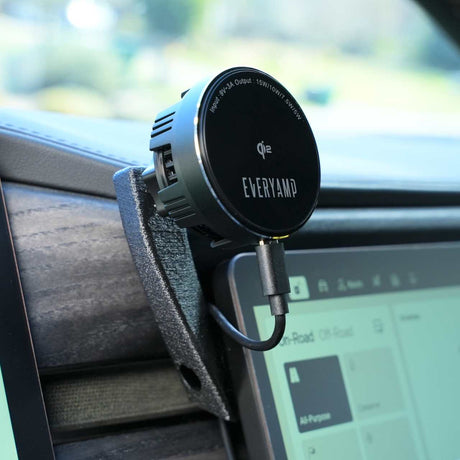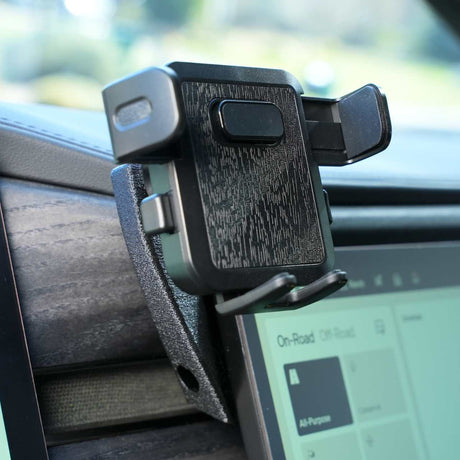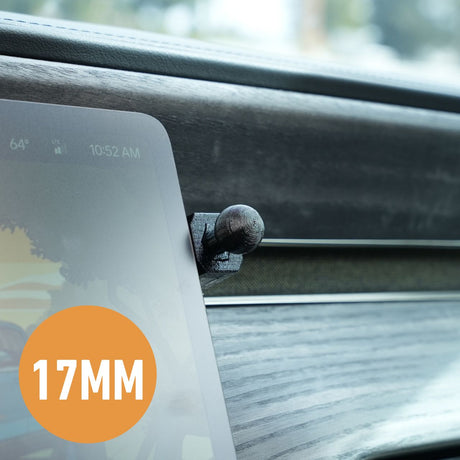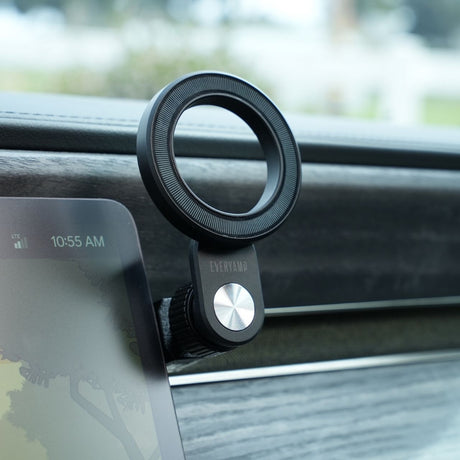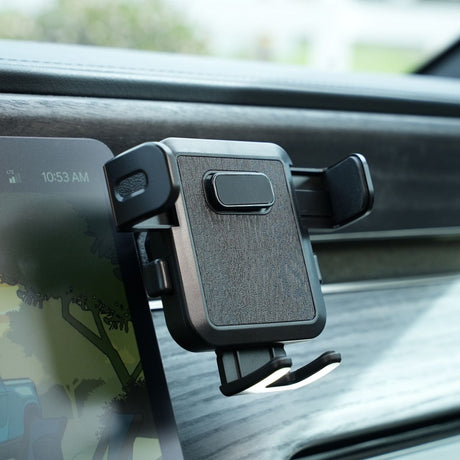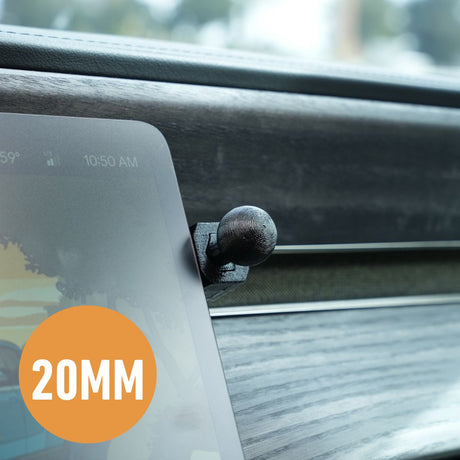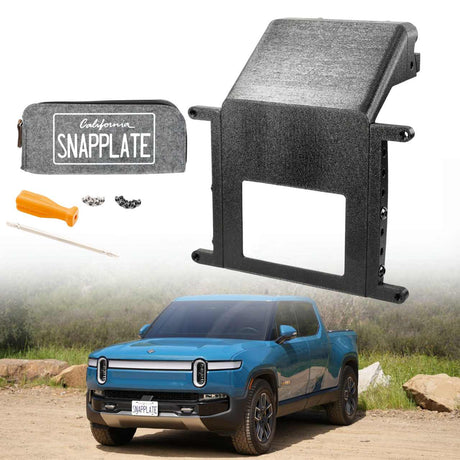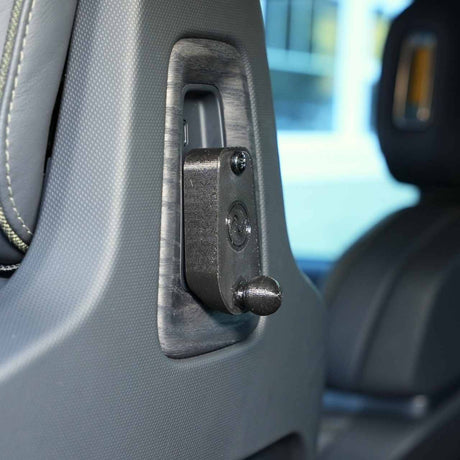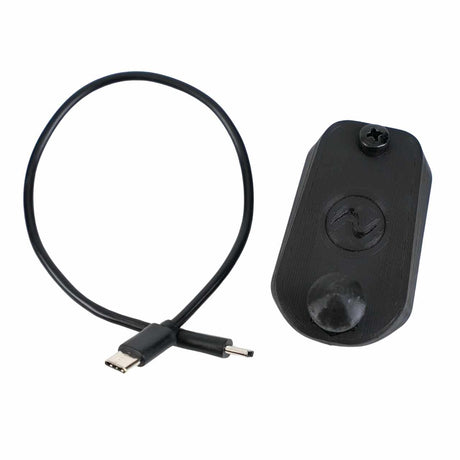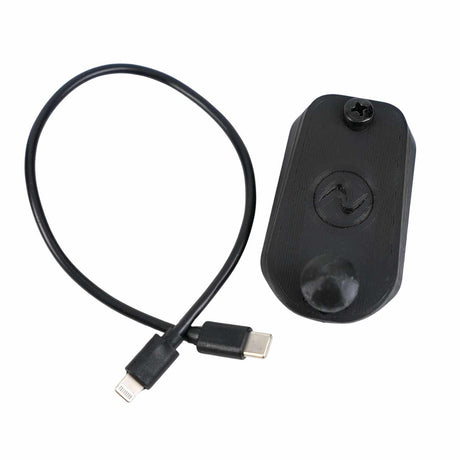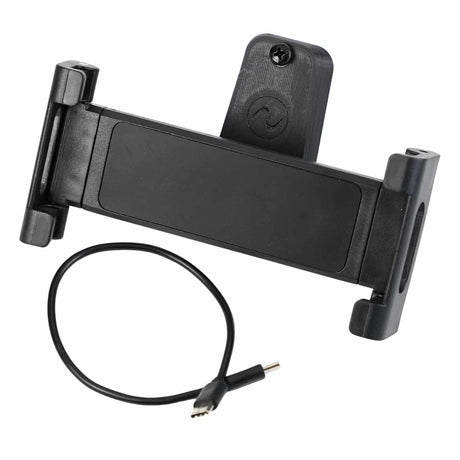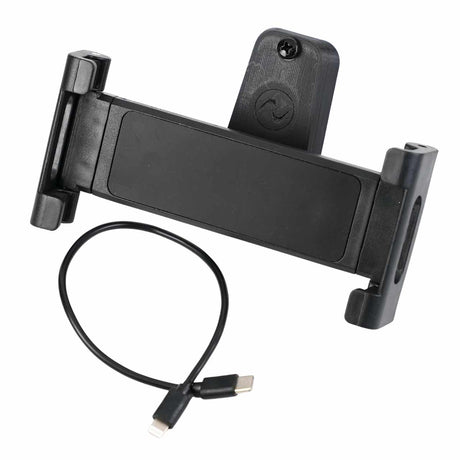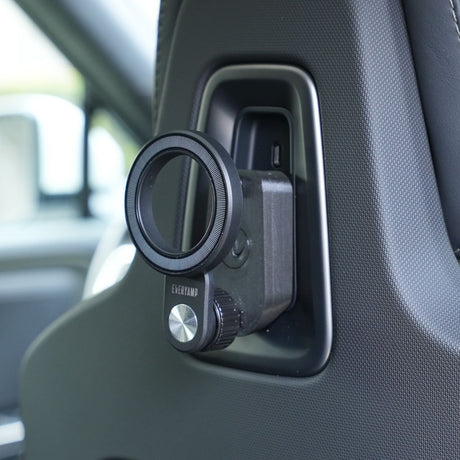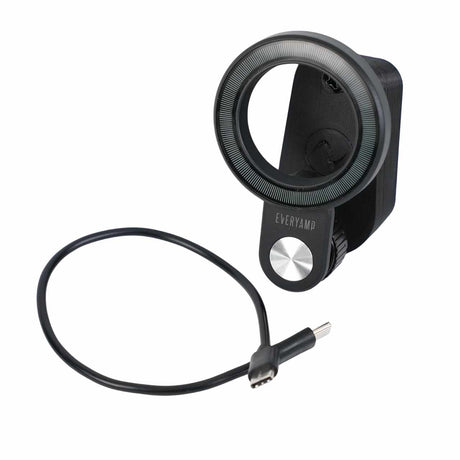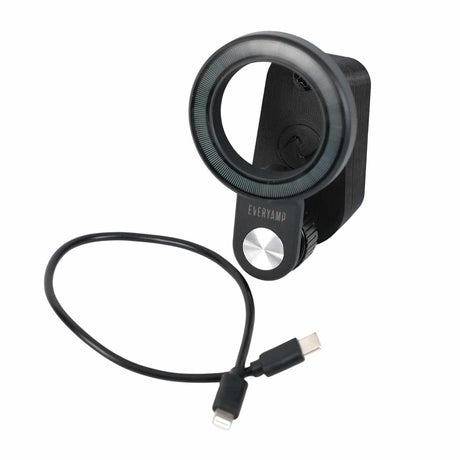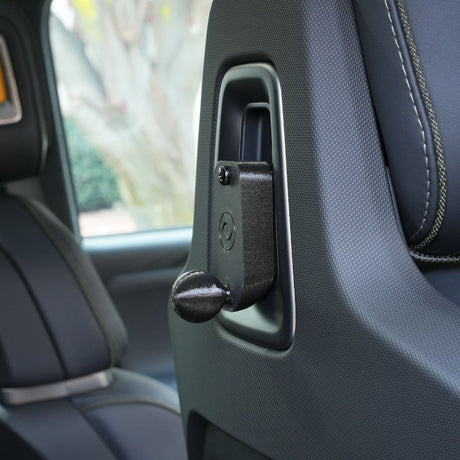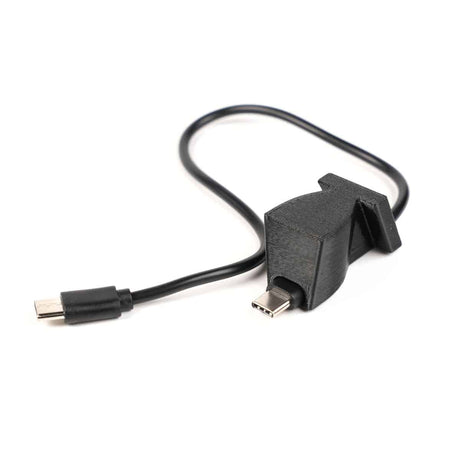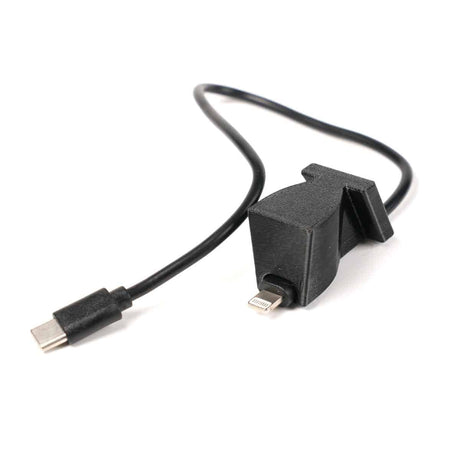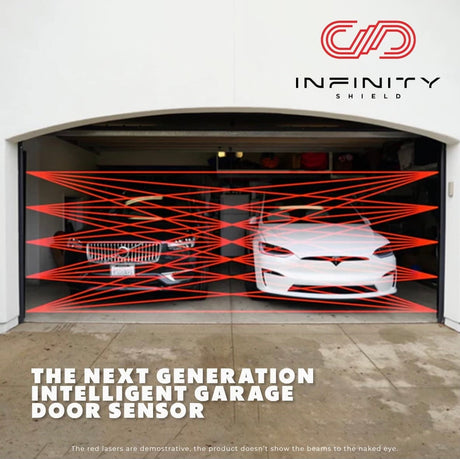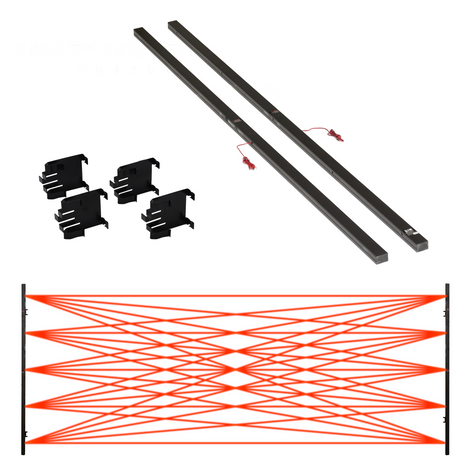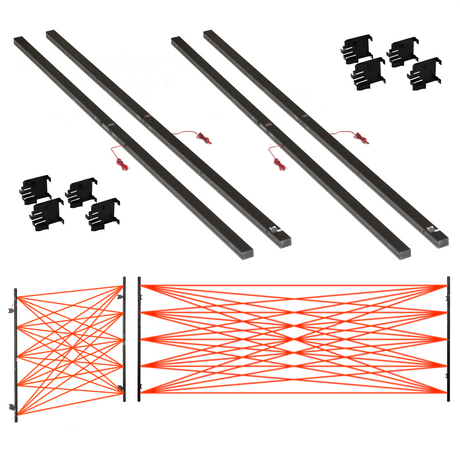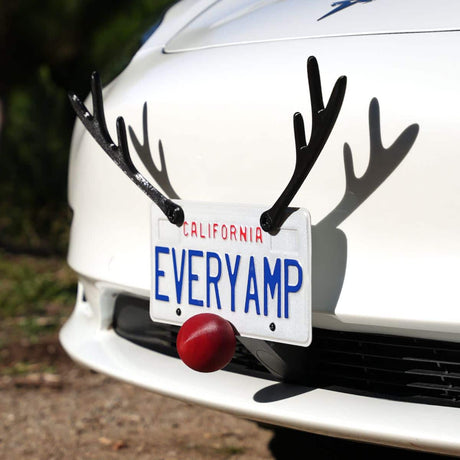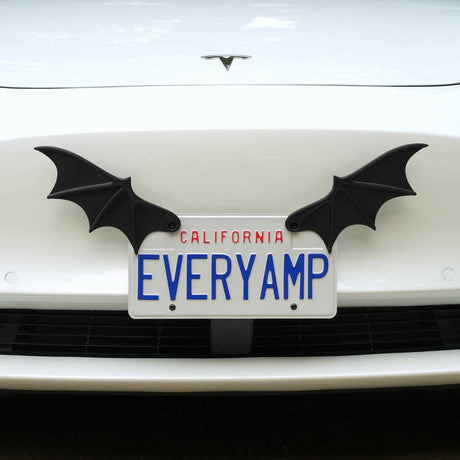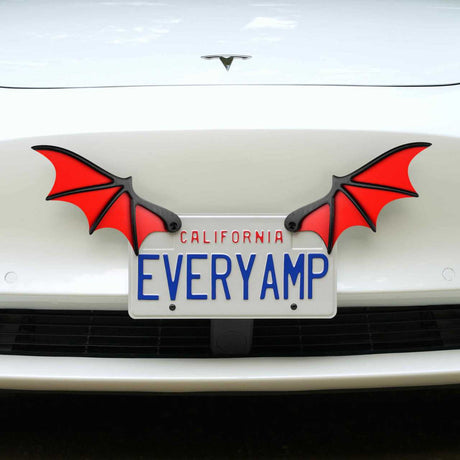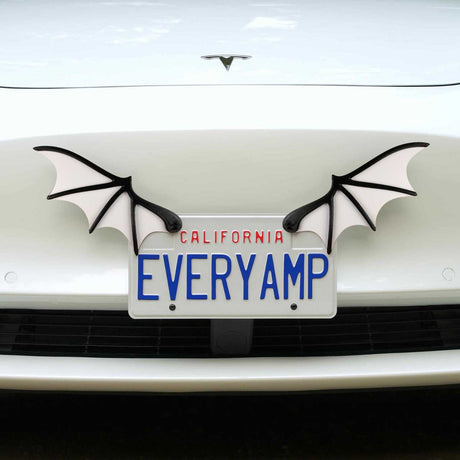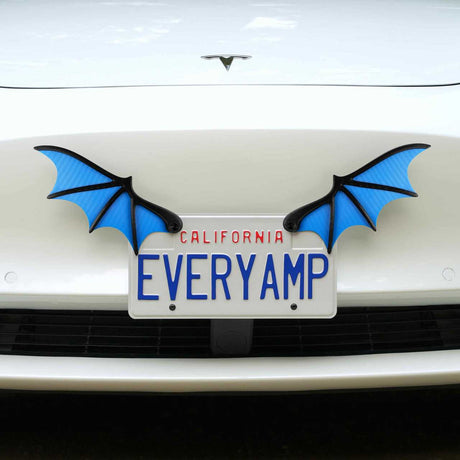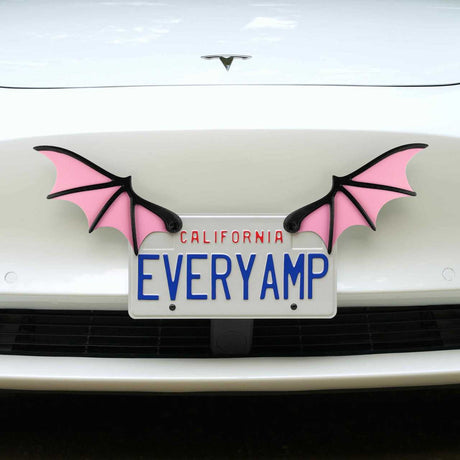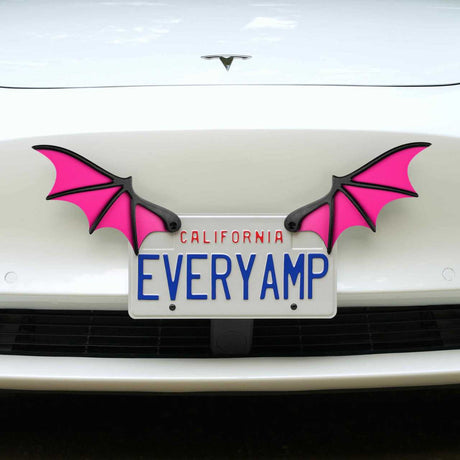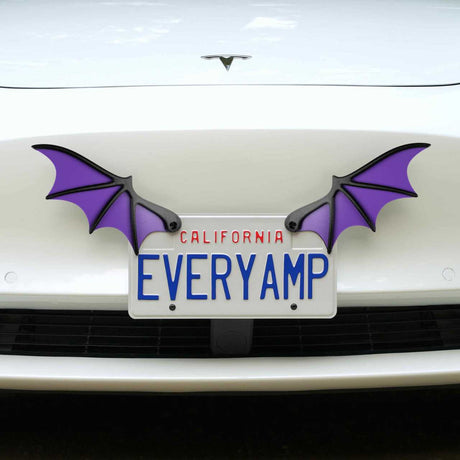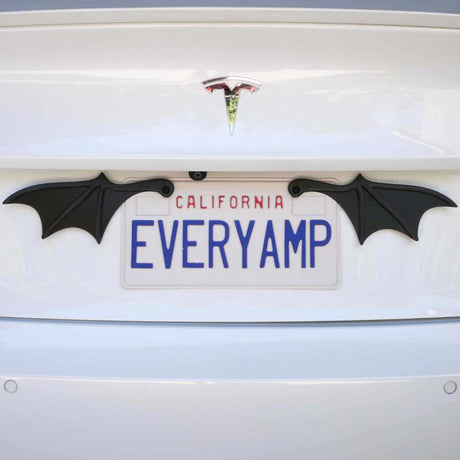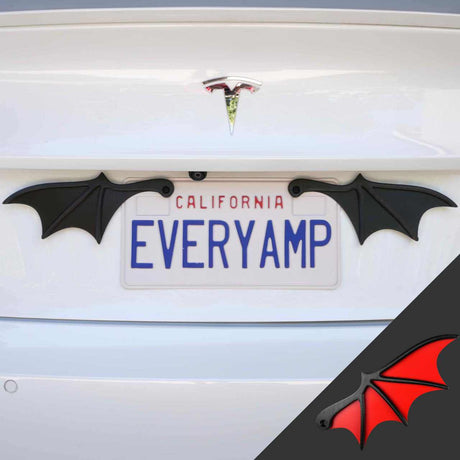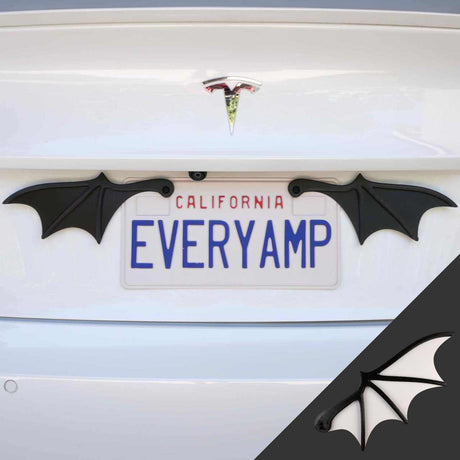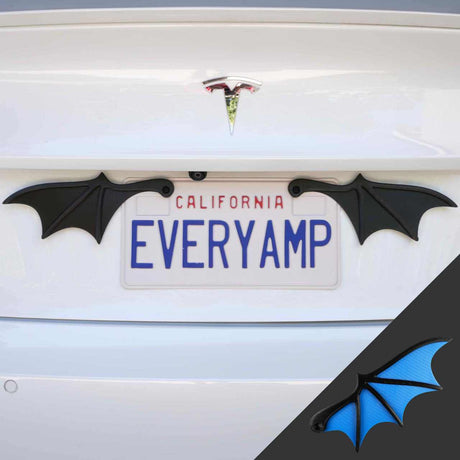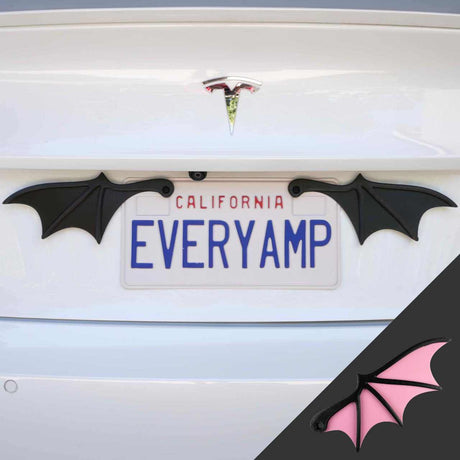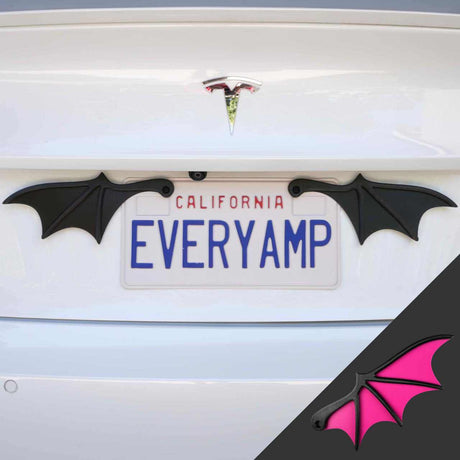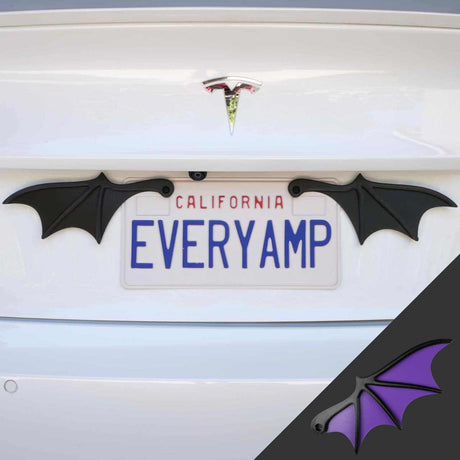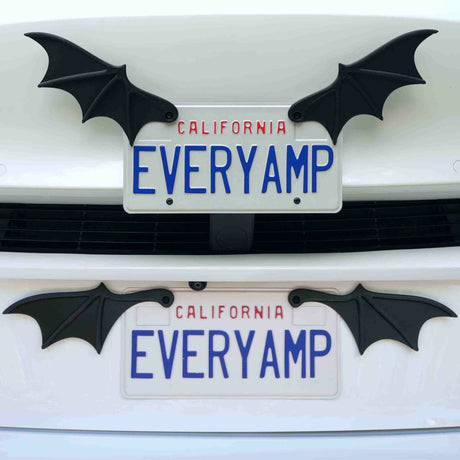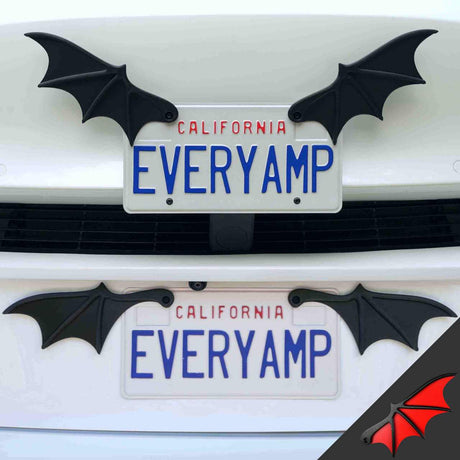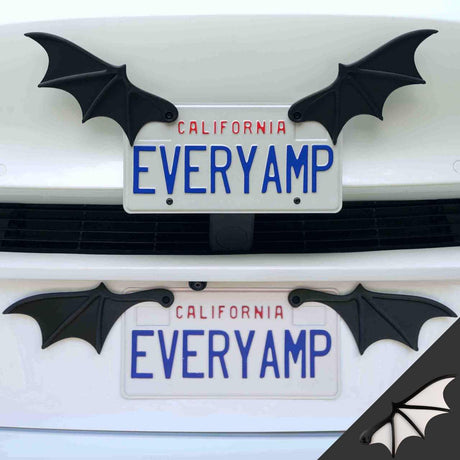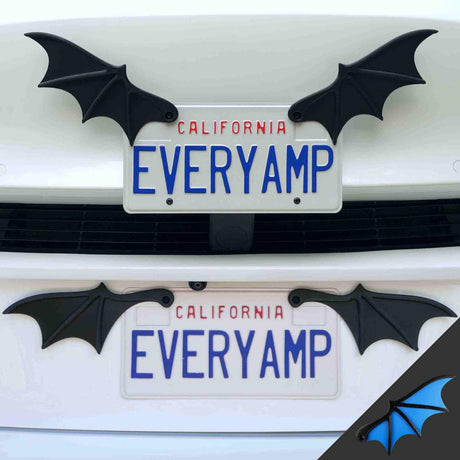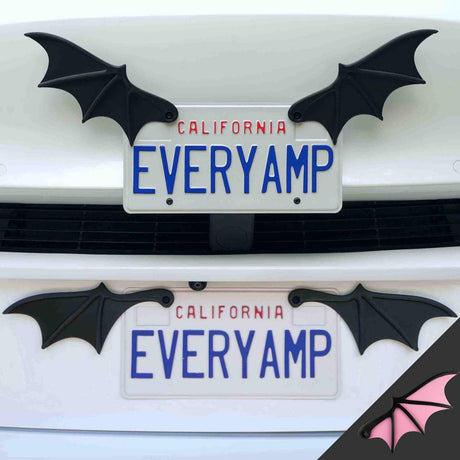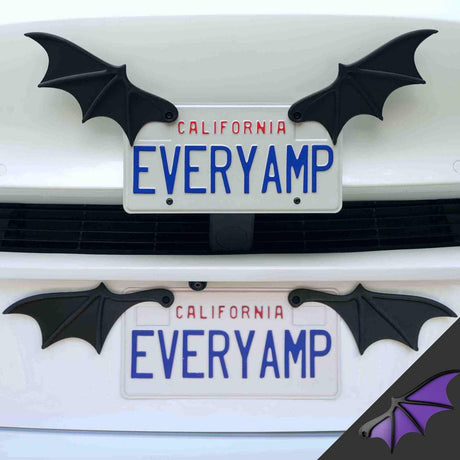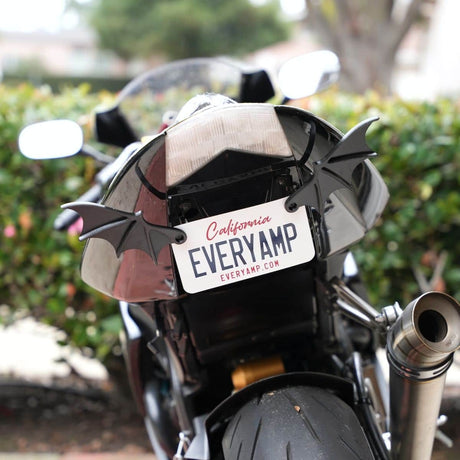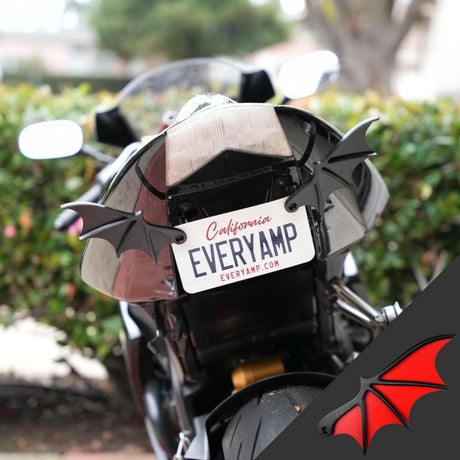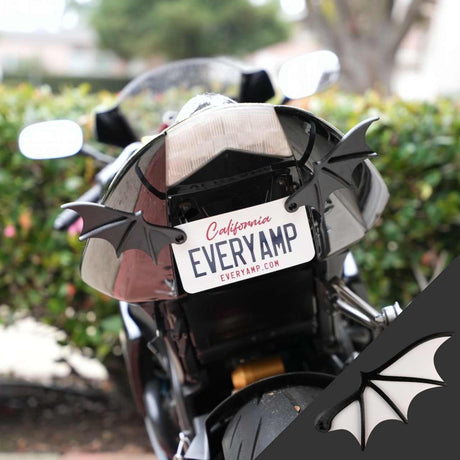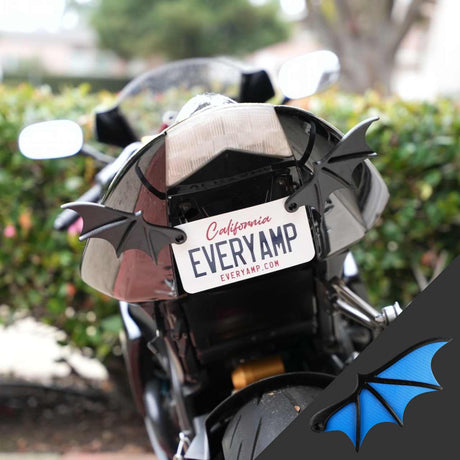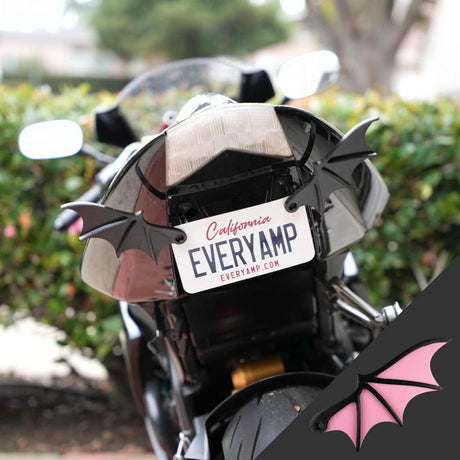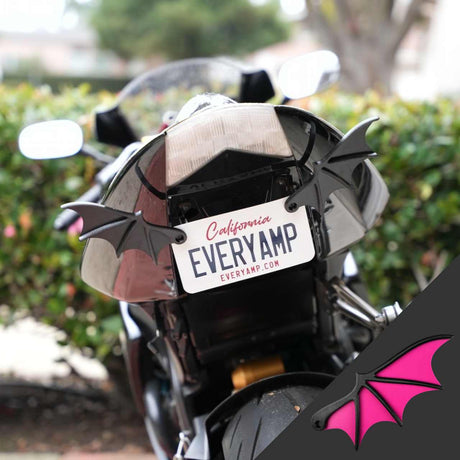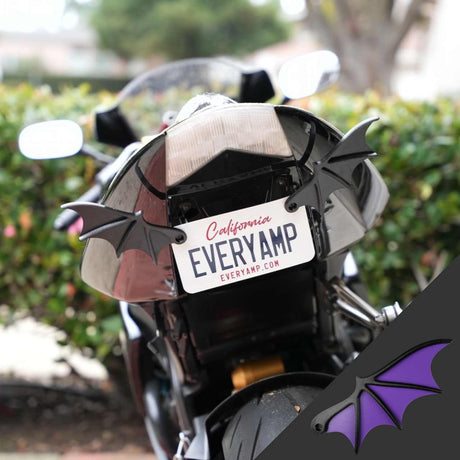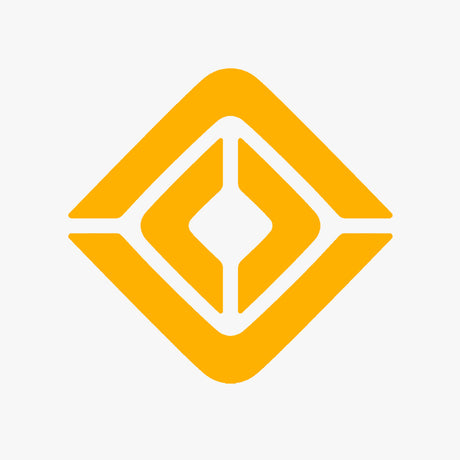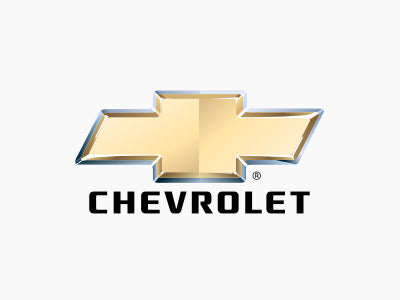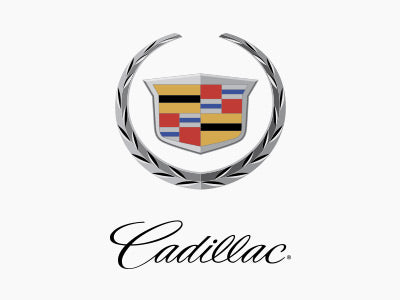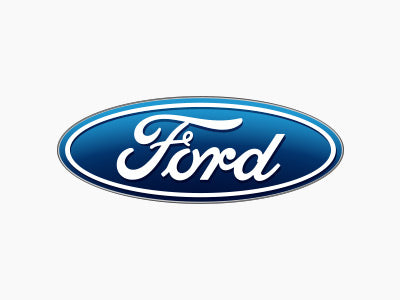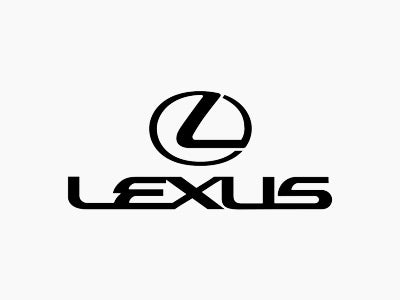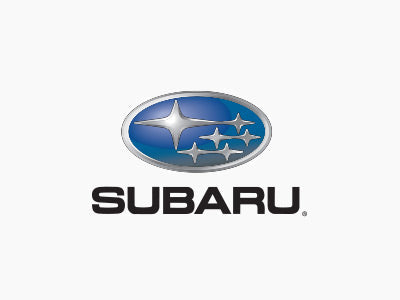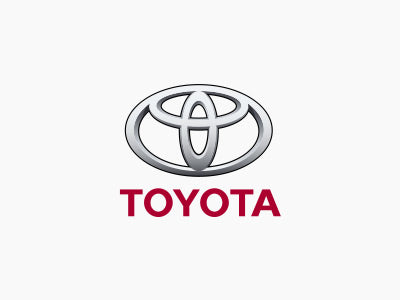The Short Answer is Yes, But...
For Rivian R1S and R1T owners, the question of accessing Tesla's extensive Supercharger network has been a significant point of interest. The straightforward answer is yes: as of March 2024, Rivian vehicles gained official access to compatible Tesla Superchargers across North America. This development marked a major milestone, instantly unlocking over 15,000 additional fast-charging points for Rivian drivers, effectively doubling the number of fast chargers readily available to them beyond existing public networks and Rivian's own growing Adventure Network.

This expansion significantly enhances range confidence and route flexibility, making long-distance travel in a Rivian more convenient than ever. It's part of a larger shift within the electric vehicle industry, with numerous automakers embracing Tesla's charging connector, now formally known as the North American Charging Standard (NACS), aiming for greater charging interoperability. However, while access is granted, it isn't universal across the entire Tesla network. Utilizing these chargers involves specific requirements, understanding compatibility nuances, and navigating potential cost differences. This guide details everything a Rivian owner needs to know about using Tesla Superchargers.
The NACS Adapter: Your Golden Ticket (For Now)
The key component enabling current Rivian vehicles to connect to Tesla Superchargers is the NACS-to-CCS adapter. Rivian R1T and R1S models produced before 2025 are equipped with the Combined Charging System (CCS) port, which is physically different from Tesla's NACS port. Therefore, an adapter is essential to bridge this difference and allow charging. It's crucial to understand that this adapter is designed exclusively for DC fast charging at Superchargers; it cannot and should not be used with AC charging stations like Tesla Wall Connectors or Destination Chargers.

Recognizing the importance of this access, Rivian initiated a program to provide these necessary NACS DC adapters free of charge to existing owners. Shipments of these complimentary adapters began in the spring of 2024, starting in April. Subsequently, Rivian started including a free adapter with every new R1S and R1T delivery, ensuring new owners had the necessary hardware from the outset. Owners were typically notified via an in-vehicle message with a QR code to claim their adapter, with Rivian aiming to mail adapters to all who opted-in by the end of January 2025.
While the initial rollout provided adapters at no cost, this approach appears transitional. The official Rivian-approved NACS DC adapter is available for purchase through the Rivian Gear Shop and forum discussions suggest the free adapter offer for new vehicle purchases might cease or has already ceased. This strategy effectively lowered the barrier to entry for the existing fleet, encouraging immediate use of the newly accessible Supercharger network and aligning Rivian with the NACS trend swiftly. As the transition progresses, the adapter may become a standard accessory purchase.
Third-party NACS-to-CCS adapters are also available on the market, often priced between $160 and $250. However, both Tesla and Rivian strongly recommend using only the manufacturer-provided or approved adapters. Tesla explicitly prohibits the use of third-party adapters at its Superchargers for safety reasons. Using unapproved adapters could pose risks related to compatibility, safe handling of high power levels, potential damage to the vehicle or charging equipment (reports mention melting issues with some aftermarket units), and potentially voiding vehicle warranties. While some users report success with third-party options like those from Lectron, the official guidance underscores the potential risks.
Importantly, the need for an adapter is temporary for the Rivian brand. Starting sometime in 2025, new Rivian vehicles will be manufactured with the NACS port integrated directly from the factory. This eliminates the need for an adapter for these future vehicles when using Tesla Superchargers. However, for owners of pre-2025 models, retrofitting the native NACS port is reportedly not planned or considered feasible due to the complexity involved.
Not All Superchargers Are Created Equal: Finding Compatible Stations
A critical point for Rivian owners is that access is not granted to every charger bearing the Tesla name. Compatibility is specifically limited to Tesla's newer V3 and V4 Supercharger stations. These stations are typically capable of delivering higher charging speeds (V3 up to 250 kW). Older Tesla V2 Superchargers, which generally max out at 150 kW or less, and the lower-power 72kW Urban Superchargers, are not compatible with vehicles using the NACS adapter due to underlying hardware and software differences.

While the initial agreement opened up over 15,000 Supercharger stalls, this figure represents a significant portion—but not the entirety—of Tesla's network. Estimates suggested this initial access covered around 63% of Tesla's US sites or roughly 15,000 out of 50,000 total plugs globally at the time. Tesla is enabling access for non-Tesla vehicles progressively, often activating stations individually after conducting compatibility tests. Furthermore, Tesla retains the right to keep certain V3 and V4 stations exclusive to Tesla vehicles, particularly in high-congestion urban areas or locations where demand is already high, potentially to manage the network load and maintain a positive experience for its own customer base. This controlled rollout means Rivian drivers cannot assume every nearby V3 or V4 station is available to them.
The most reliable way for Rivian owners to locate compatible Tesla Superchargers is by using Rivian's own in-vehicle navigation system or the Rivian mobile app. These platforms are designed to display only those Superchargers confirmed to be accessible to Rivian vehicles. The system provides essential details like the charger's maximum speed and real-time availability status. Users should ensure their map filters are set correctly; sometimes, it might be necessary to deselect "adapter required" in the filter options or ensure it's actively included to see compatible Tesla sites. A significant benefit of using the vehicle's navigation system to route to a selected Supercharger is that it automatically triggers the battery preconditioning process, warming or cooling the battery to the optimal temperature for accepting the fastest possible charge upon arrival. The Tesla mobile app and website also offers a feature to find chargers open to non-Tesla EVs.
Some Tesla stations are equipped with "Magic Docks," which feature a built-in CCS adapter, eliminating the need for the driver to use their own NACS adapter. While convenient, these installations are still relatively uncommon across the network. Even at Magic Dock locations, access for non-Teslas depends on Tesla enabling that specific station. Therefore, relying on the Rivian navigation system remains the recommended approach for confirming compatibility.
The accuracy of this system hinges on seamless, real-time data synchronization between Tesla's network status and Rivian's platform. While generally reliable, instances of "map mismatches" or stations listed incorrectly have been reported, highlighting the dependence on software updates. Any lag or error in this data feed could potentially lead drivers to an incompatible station, causing inconvenience.
Plugging In: The Seamless "Plug and Charge" Experience
One of the most significant advantages of the Rivian-Tesla integration is the implementation of "Plug and Charge" functionality. Once the NACS adapter is securely attached to the Tesla connector (if required), the driver simply plugs the assembly into the Rivian's charge port. The charging session is designed to initiate automatically, typically within seconds, without requiring interaction with the charger itself or a mobile app.
This streamlined process eliminates the need for fumbling with apps or payment cards at the charger, a common requirement at many other public charging networks. Billing is handled automatically and seamlessly in the background. The cost of the electricity consumed is charged directly to the payment method the owner has stored in their Rivian account. This integration is facilitated by Rivian's control over its in-house software and hardware systems, enabling direct communication and authentication with the Tesla network upon connection.
However, this convenience relies on the owner maintaining an active and up-to-date payment method within their Rivian profile. A reported instance involved a charging session failing to initiate because the digital key used was linked to an expired payment method. Since Superchargers lack on-site payment terminals like credit card readers, an invalid payment method in the Rivian account can prevent charging altogether, potentially causing significant issues if discovered at a remote location with no nearby alternatives.
There is one key exception to the no-app-needed process. If a Rivian owner subscribes to the Tesla Supercharging Membership to access lower charging rates (discussed in the cost section below), they must initiate the charging session manually through the Tesla mobile app before plugging the connector into their vehicle. If they simply plug in without using the Tesla app first, the system defaults to the standard Plug and Charge process, billing the higher non-member rate through their Rivian account.
Real-World Reality: Charging Speeds, Parking Quirks, and User Tips
While Tesla V3 Superchargers boast a maximum output of 250 kW and Rivian vehicles are capable of accepting charging speeds well over 200 kW under optimal conditions, real-world charging speeds can vary. Owners should expect the charging rate to ramp up quickly when the battery's state of charge (SoC) is low, often peaking above 200 kW. However, like all DC fast charging, the speed naturally tapers off as the battery fills, typically slowing significantly once the SoC reaches 60-80%.
User reports indicate seeing peak speeds around 206-212 kW, but also experiencing rates around 100 kW even at lower SoC, or speeds dropping to 35-65 kW by the time the battery reaches 60-75% SoC. Actual performance depends on several factors, including the battery's temperature (preconditioning via navigation significantly helps), the specific station's configuration and how many vehicles are currently charging, and ambient weather conditions (high heat can sometimes lead to reduced speeds as equipment manages temperature). Some users have encountered stations that seemed to deliver consistently lower power than expected or appeared to be operating in a derated or "safe" mode. For comparison, Rivian's own Adventure Network chargers can offer peak speeds up to 300 kW, while typical Level 2 home charging provides around 11.5 kW.

A common practical challenge reported by Rivian users involves parking at V3 Supercharger stations. Rivian vehicles feature their charge port on the front driver's side, whereas Tesla vehicles have theirs on the rear driver's side. Tesla designed many V3 stations with relatively short charging cables optimized for its own vehicles. Consequently, Rivian drivers often find they need to park awkwardly, sometimes encroaching on or completely blocking an adjacent charging stall, just to make the cable reach their port. This physical incompatibility highlights the difficulties of adapting infrastructure designed for one standard to vehicles with different layouts. It can lead to user frustration and potentially increase congestion or social friction at busy sites. Drivers are advised to be mindful of this and park as considerately as possible. Fortunately, Tesla's newer V4 Supercharger design incorporates longer cables, which largely resolves this parking issue. However, V4 stations are still being deployed, and many locations rely on the older V3 design.
Based on these real-world experiences, Rivian owners using Tesla Superchargers should keep the following tips in mind:
- Verify Compatibility: Always double-check station compatibility, operational status, and availability using the Rivian navigation system or mobile app before committing to charging there.
- Enable Preconditioning: Whenever possible, use the Rivian navigation to route to the Supercharger. This allows the vehicle to precondition its battery for optimal charging speeds upon arrival.
- Park Thoughtfully: Be aware of the potential need for unusual parking at V3 stations due to cable length. Try to minimize obstruction of other stalls, especially during peak times.
- Embrace Tapering: Understand that DC fast charging slows considerably at higher states of charge. For efficient road trips, charging from a lower SoC (e.g., 10-20%) up to around 70-80% is often faster overall than waiting to charge to 90% or higher.
- Check Payment Method: Regularly ensure the payment method linked to the Rivian account is valid and up-to-date to avoid failed charging sessions.
The Cost Factor: Convenience Comes at a Price (Sometimes)
While accessing the Supercharger network offers significant convenience, it typically comes at a higher cost for non-Tesla owners compared to what Tesla drivers pay. By default, when a Rivian uses the Plug and Charge feature, the electricity rate billed through the Rivian account is generally higher per kilowatt-hour (kWh) than the rate offered to Tesla vehicles at the same station. This price premium can be substantial, with reports suggesting markups around 30% or price differences ranging from $0.08 to $0.16 per kWh.
To achieve price parity with Tesla owners, Rivian drivers can subscribe to the Tesla Supercharging Membership. This optional subscription, managed through the Tesla mobile app, costs approximately $12.99 per month in the United States. With an active membership, the per-kWh cost at Superchargers drops to the standard Tesla rate. As mentioned earlier, crucially, to benefit from the member rate, the charging session must be initiated via the Tesla app before plugging in.
Deciding whether the membership is worthwhile depends entirely on usage patterns. The break-even point typically falls between charging 100 kWh and 325 kWh per month at Superchargers, depending on the specific price difference at frequented locations. For drivers who only occasionally use Superchargers (e.g., for rare long trips), simply paying the higher non-member rate via the convenient Plug and Charge might be more practical. However, for those who rely on Superchargers regularly for road trips or lack consistent home charging, the $12.99 monthly fee can lead to significant savings. Some users adopt a strategy of subscribing only during months when they anticipate heavy Supercharger usage, such as for a long road trip, and then cancelling the membership afterward.
The following table provides a simplified example illustrating the potential cost difference:
| Feature | Non-Member Rate (via Rivian Plug & Charge) | Member Rate (via Tesla App with $12.99/mo fee) |
| Price per kWh (Example) | $0.52 | $0.40 |
| Cost to add 100 kWh | $52.00 | $40.00 |
| Monthly Breakeven (approx) | N/A | ~108 kWh (based on $0.12/kWh saving) |
It's also important to note that Supercharger pricing is not static. Rates can vary significantly based on the station's location and even the time of day, with many stations implementing higher "on-peak" rates during busy hours and lower "off-peak" rates during quieter periods, often overnight or early morning. The Rivian and Tesla apps should display the current pricing for each station. Additionally, drivers should be aware of potential extra fees. Idle fees can be charged if a vehicle remains plugged into the charger after the charging session is complete, particularly when the station is busy. Congestion fees may also apply at very busy sites if charging continues while the battery is already above a certain level (e.g., 80% SoC).
Conclusion: More Charging Choices, More Freedom
The integration of Rivian vehicles with the Tesla Supercharger network represents a substantial enhancement for Rivian owners. It dramatically expands the landscape of available fast-charging locations, significantly easing range anxiety and simplifying the planning and execution of long-distance electric travel. Access to Tesla's reliable and widespread network adds a powerful tool to the Rivian charging toolkit.
While the answer to "Can Rivian use Tesla chargers?" is a clear yes, owners should remember the key practicalities:
- An NACS adapter is currently required for pre-2025 vehicles.
- Compatibility is limited to specific V3 and V4 Supercharger stations, best located using the Rivian navigation or app.
- The charging process itself is remarkably simple thanks to Plug and Charge via the Rivian account.
- Parking may require some adjustment at older V3 stations due to cable length.
- Charging costs are higher by default than for Tesla owners, but a Tesla membership offers price parity for frequent users.
Looking ahead, the charging experience is set to become even more seamless. Rivian vehicles built from 2025 onwards will feature native NACS ports, eliminating the need for adapters entirely. Simultaneously, Tesla continues to expand its network and open more stations to non-Tesla EVs, while Rivian diligently grows its own Rivian Adventure Network. This convergence towards standardized connectors and broader network access promises an increasingly convenient and unified charging ecosystem for all electric vehicle drivers, marking a positive step forward in the transition to sustainable transportation.


